Maximize Your Draft Agenda
It’s conference season. It’s strategic planning season. It’s Sales Kick Off season…
Around this time of year, people are planning large-scale and high-stakes gatherings, and they want to make sure the time and money invested in these events are well spent. Nine times out of ten, that means folks are putting pen to paper and coming up with an agenda. If you’re in the early stages of doing just that, here are some tips to make sure your agenda (and the resulting gathering) are designed with outcomes, engagement and a thoughtful flow in mind.
Start with Purpose
It’s very common for folks to start thinking about how they will gather by jumping straight into dividing the time up into chunks and assigning each chunk an activity. Our recommendation is to take a breath before you do that, and first get clear on why you’re gathering and what you hope to accomplish by the end of the time together. Our favorite framework is the KNOW FEEL DO framework. Write down what you want attendees to KNOW after they’ve participated in the meeting, what you want them to FEEL as a result of the meeting, and what you want them to DO when the meeting is finished. If you can get clear on these desired outcomes, you’ll already have a fantastic set of guard rails to give your agenda shape.
Give Your Agenda Structure
By structure, we mean literal structure on the page. It’s important to be able to scan an agenda from top to bottom and left to right. Even (and perhaps especially) as a draft, the agenda should have clean organization. Consider a simple table format to break apart timing, activity descriptions, owners, leads, outcomes, etc. This structure also helps to visually highlight the decisions that have yet to be made or the questions that are still outstanding.
Define Goals for Each Item
Even if you’ve taken the time to really think about your purpose for the gathering, it’s useful to ALSO take the time to identify the goals or outcomes of each section of the agenda. Try to be explicit about each activity. What do you want people to know, feel, and do after this piece of the agenda? What will the outputs be? Will those outputs then be inputs into the next activity? This helps you make sure that all the parts and pieces are tied up by the end, the time is used effectively, and lines up with your overarching goals. It also helps surface items that are on the agenda “just because,” or “that’s how we’ve done it in the past.” Those aren’t good enough reasons to spend the time and resources to gather.
Think about Start Times and Runtimes
It’s helpful to see the start and end times of each agenda item, but it's also nice to quickly see expected runtime for the time block. Don’t ask yourself or your collaborators to do the math to figure out runtimes. That means, if you plan on a 20 minute ice breaker activity at 9am, have a column in your agenda that lists 9am as the start time, and another column that lists the runtime as 20 minutes. As you’re planning your agenda, you’ll want both the start time and runtime of the activity to be easily viewable.
Track Accountability
There is nothing worse than planning an agenda and then losing track of follow through. One of the most crucial things you can do when putting together an agenda is make clear who’s responsible for designing and facilitating each portion of the event. Sometimes the designer and the facilitator are different people… if that’s the case, make sure to call that out. And then there are the pieces that feel straightforward enough they don’t need an owner. Don’t fall into that trap. Even an ice breaker requires some prethought and intentionality to work well. Choose someone to run with it. It’s very rare that a single person will be the architect of the whole event from start to finish, so be explicit about who owns what piece, and ensure that everyone’s on the same page about it.
Eventually, your goal is to have a highly detailed agenda that can be the single source of truth for the entire team working to design and execute the event. For many of our clients, the agenda eventually turns into a play-by-play facilitator guide to help the emcee and others keep the entire thing running smoothly. The detailed agenda is an incredibly helpful planning tool. Once it’s time for the event, create another simplified agenda to share with attendees.
We used this approach and applied these tips to a client’s agenda. Check out that markup here.

